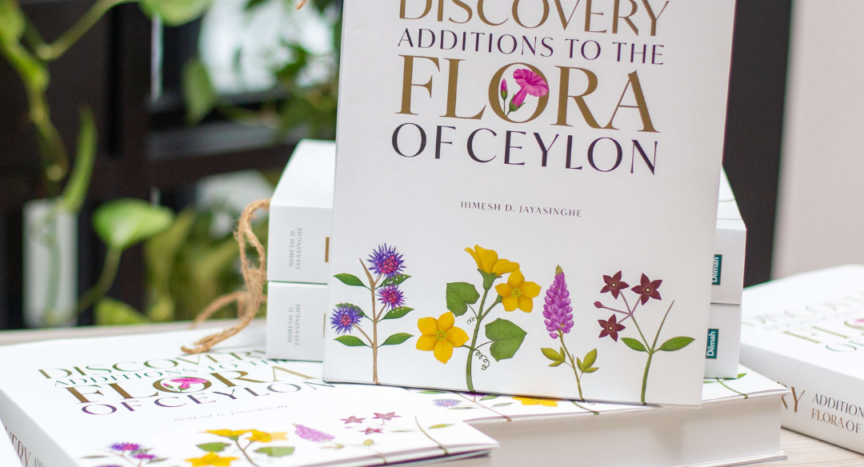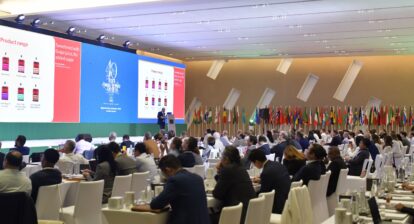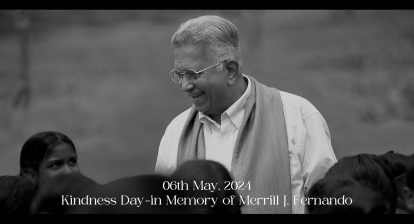Dilmah Tea supports significant milestone in Sri Lanka’s botanical history in the last 100 years
This July marked an exciting milestone – the book Discovery: Additions to the Flora of Ceylon by Dr. Himesh Jayasinghe was officially launched and is already being hailed by experts as one of the most significant contributions to Sri Lanka’s biodiversity in the last 100 years.
Published by Dilmah, it features 210 plant species, including 150 completely new to science, along with over 4,000 detailed photographs (mostly taken by Dr Himesh Jayasinghe himself) and 200 illustrations making it both visually captivating and scientifically accurate.
With 95% of Sri Lanka’s wet-zone forests disappearing this book is an urgent reminder and call to protect what is fast disappearing.


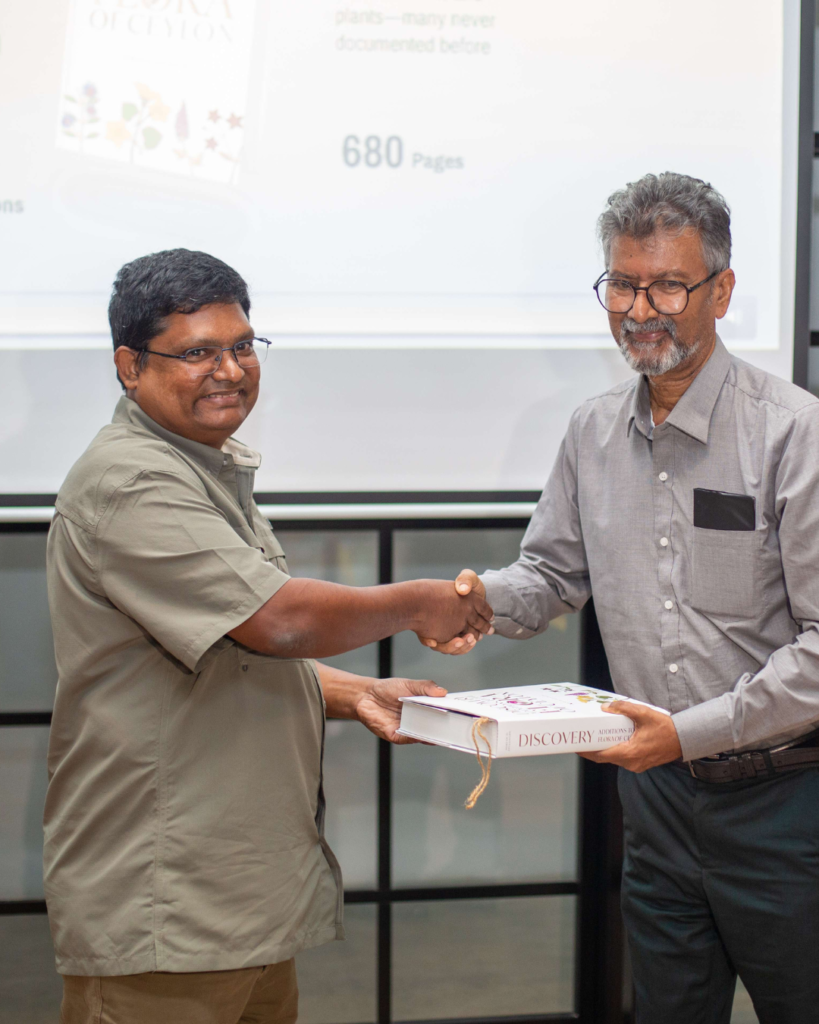

The Beginning of a Partnership
Rewind to four years ago, a promising meeting brought together three people with a shared passion for Sri Lanka’s biodiversity. At the heart of it was Dr. Himesh Jayasinghe, a botanical savant known for rediscovering species thought to be extinct – and uncovering entirely new ones. He was introduced to Dilhan C. Fernando, Chairman of Dilmah Tea, by Rohan Pethiyagoda, one of Sri Lanka’s most respected biodiversity scientists and Linnaean Medal winner who also edited the book.
Dilhan was struck by Jayasinghe’s deep knowledge, enthusiasm, and the potential impact of his work on conservation in Sri Lanka. The discovery of 150 species of flowering plants new-to-science by one researcher is no small feat. That meeting didn’t just end in tea – it led to funding Himesh’s research and the birth of this remarkable book to showcase his remarkable discoveries.
At Dilmah, this partnership is part of a broader mission: an enduring commitment to biodiversity. That’s why Dilmah drives initiatives like the Endane Biodiversity Corridor and the Climate Change Research Centre, focusing on science-based reforestation and climate research. We have produced several nature-based publications including field-guides to make knowledge accessible to all. Discovery Additions to the Flora of Ceylon is our latest offering.
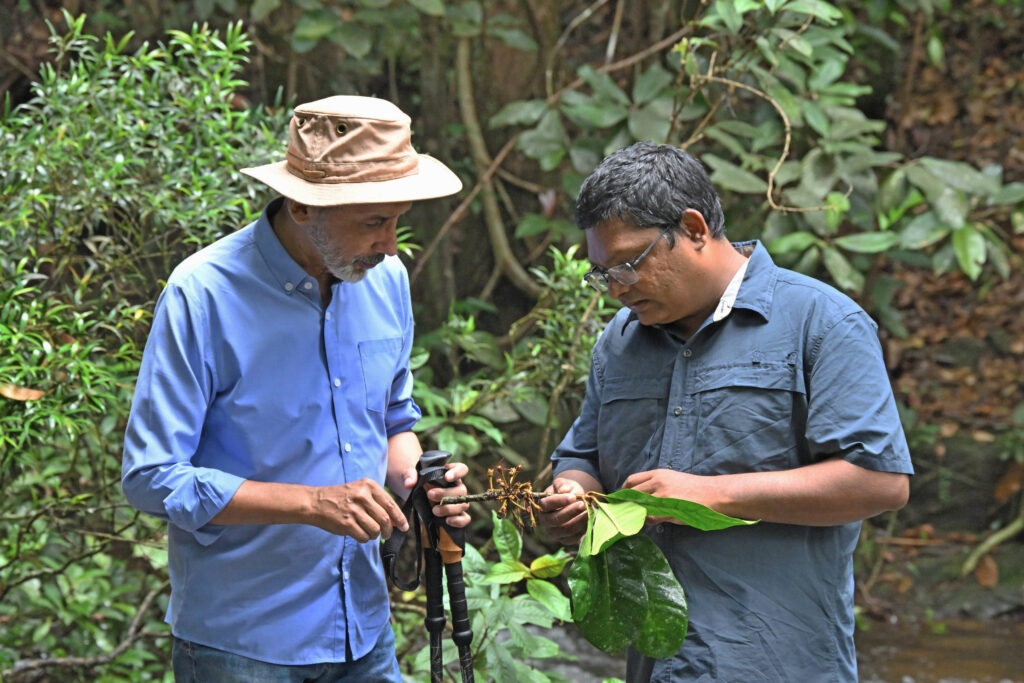
‘As Sri Lanka looks into its post-crisis future, we need to understand this singular importance of biodiversity for the survival of our businesses. Himesh has documented the richness of our nation and he should be facilitated as a hero. So let’s think differently about what we have and I hope that this incredible publication will enrich our knowledge further’
– Dilhan C. Fernando, Chairman, Dilmah Tea
The Journey of Discovery
Once a civil engineer, Dr. Himesh Jayasinghe followed his heart into the wild world of plants – and thank goodness he did. His work has led to the rediscovery of over 100 species once feared lost and introduced 150 brand-new species to science. Add to that 39 already-described species that are new to the flora of Sri Lanka and 8 discoveries that relate to taxa previously reported from Sri Lanka but are not formally recorded, and you have got a true botanical bonanza.
Of course, this didn’t happen overnight. It has been a decade of field work and research for Jayasinghe and his team, scouring forest, savannahs, wet zone, dry zone and the mountains around Sri Lanka for new plants. No easy task and not for the faint hearted, Jayasinghe often had to make several trips just to record one species as most trees flower and fruit at different times of the year (it is rarely possible to document both flowers and fruit simultaneously!). Sometimes there were several variations of the same species – these had not been mentioned in reference books. Documenting them meant patience and persistence. But for Himesh, it’s all worth it.
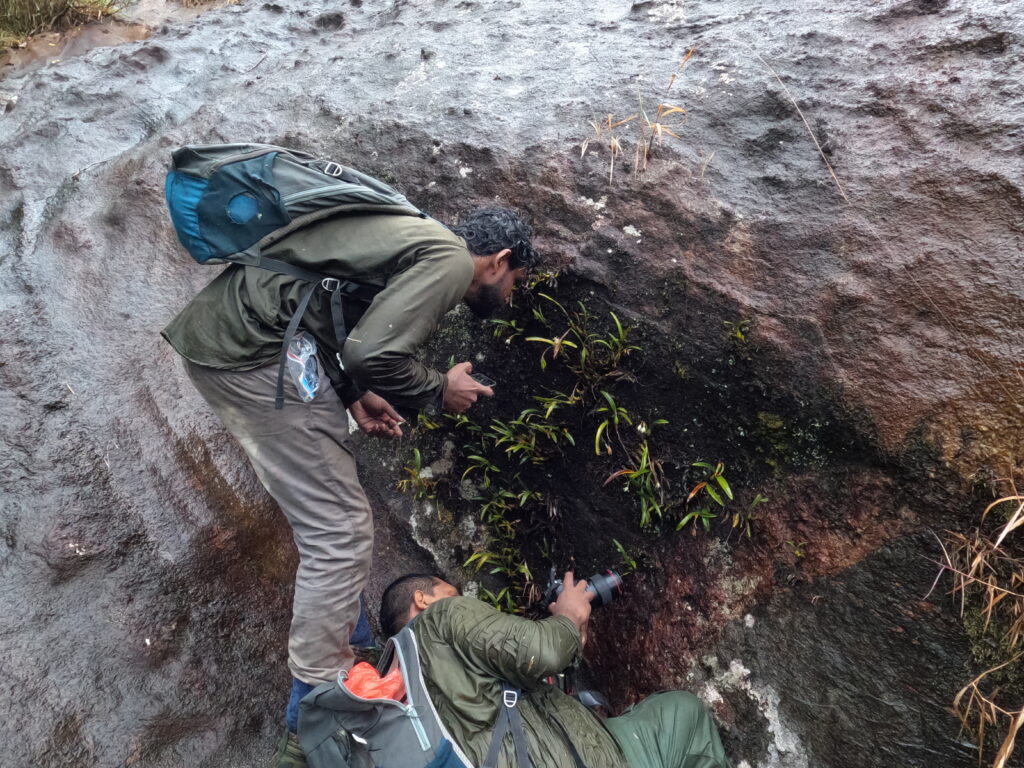
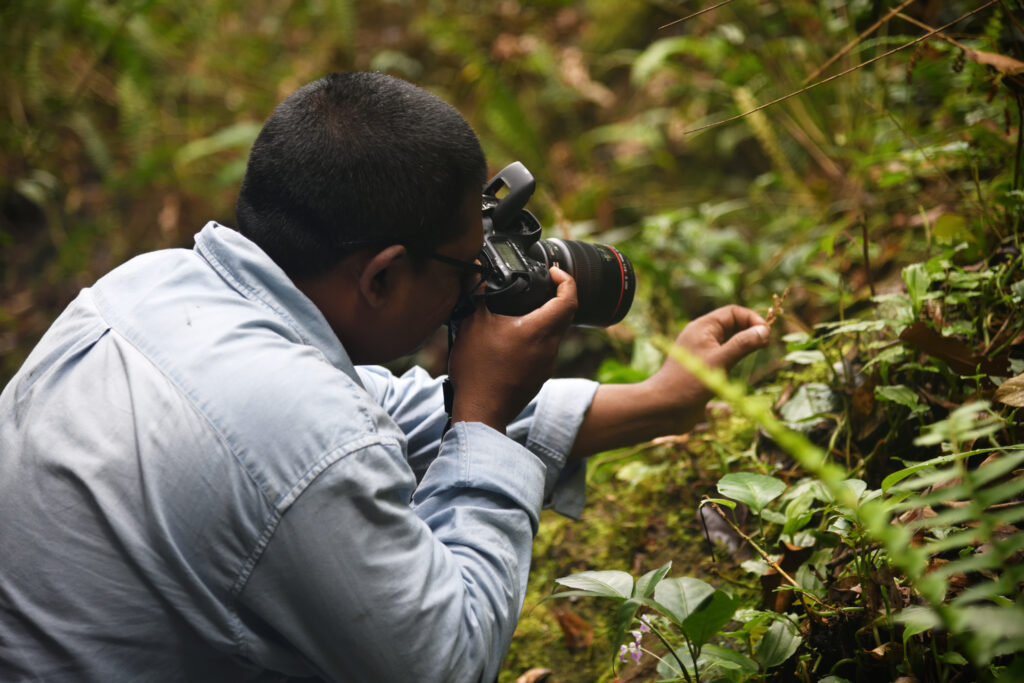
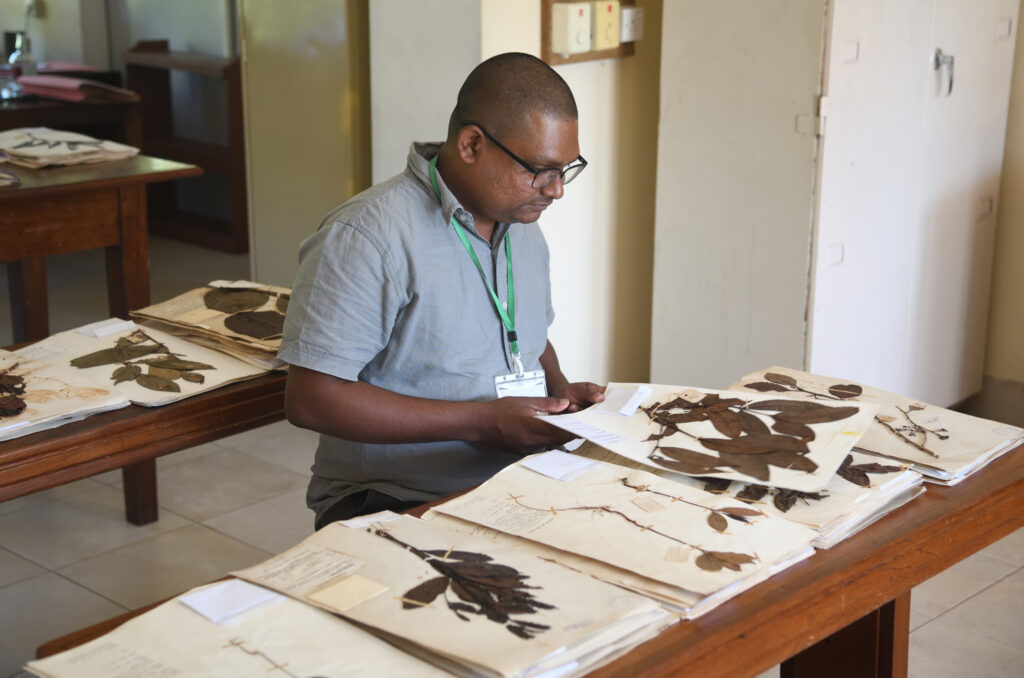
Above: The author in action – Dr. Himesh Jayasinghe has explored all over Sri Lanka identifying and photographing over 3000 flora.
A Future for Flora
And here’s the real heart of the matter: this book isn’t the final word – it’s just the beginning. When Jayasinghe began his research, the best reference available for anyone was the Revised Handbook to the Flora of Ceylon – A 14 volume reference compiled from 1964-2000 and authored by 64 botanists from 27 institutes. Helpful? Yes. Perfect? Not quite. No photos. Few illustrations and many puzzling inconsistencies that made identifying plants and trees a real challenge.
Dr Rohan Pethiyagoda said: “But with Himesh’s photographs of Sri Lanka’s 3000 odd plant species we are now at a place where we can have an illustrated companion of the (Revised Handbook to the) Flora of Ceylon.” But here is the kicker – he also said it would take at least eight more volumes to do it justice and stressed why it is therefore important to buy and support this book and in that the future work.
Further, Jayasinghe has already collected a wealth of plant samples, but there’s still much to be done – measuring, recording, and documenting them all – and he’s calling on student researchers to roll up their sleeves and join him.
Conservation with A Purpose
At the book launch, the Author shared bits and pieces of his unique journey to find and identify rare and extinct plant species – turning even the few casual attendees present into believers.
He also highlighted a key point: conservation must be guided by ecological understanding. Reforestation is not just about planting trees – it is about protecting the forests we already have and, where needed, restoring the right conditions for species to survive. Simply planting trees and hoping they will become a forest will not work.
With climate change adding pressure and countless other threats looming for the survival of plants and trees, the only way forward is through science, action, and teamwork. Governments, companies, communities, young scientists—there’s room (and need) for everyone in this mission.

